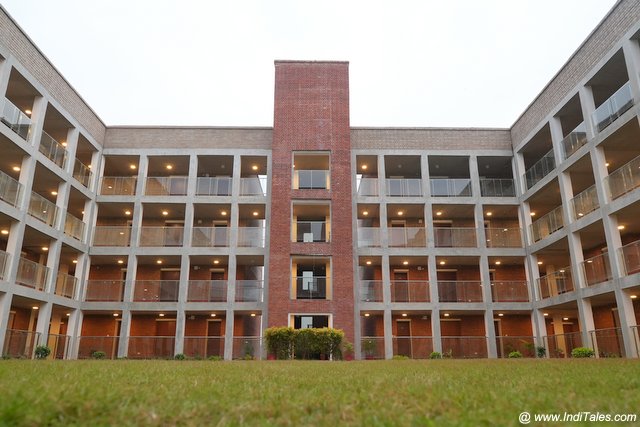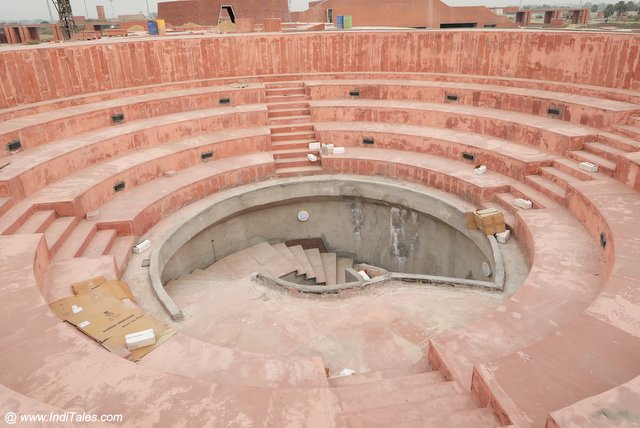If Xuan Zang, the 7th-century-ce Chinese traveler, and Buddhist scholar, were to visit his beloved alma mater at Nalanda University in the current-day state of Bihar, he’d find only a portion of its ruins accessible and excavated. Viewing the exposed brick structures, he would have memories of how they were once pristinely lime-plastered. He would become nostalgic as he strolled through the vihara, a Buddhist monastery, where he lived, studied, and taught. He might be pained to see the stupas of his revered teachers in dilapidated shape, but as a wise man, he would understand the vicissitudes of time.

Sprawling, redesigned Nalanda University campus is now open for students and faculty
He would see people he thought he knew, but they were not the students and teachers he remembered. Rather, they were visitors from around the world—such as there had been in his time as well.
Founded in 427 CE as a Buddhist monastic university, Nalanda was purportedly the world’s first residential college, at one time drawing as many as 10,000 students from across Asia.
The university, which reopened in 2014, was founded during the Gupta Empire. The Hindu Gupta monarchs recognized the strength and value of Buddhist intellectual inquiry. Nalanda literally means “the giver of knowledge,” and the university is credited with having nurtured the greatest Buddhist scholars. After studying there, Xuan Zang carried 657 Sanskrit texts back to China, translated them, and contributed to the development of Buddhism in China. The university flourished, surviving two attacks, right up to the Pala dynasty in the 12th century, until its final demise by Turko-Afghan invaders.


Xuan Zang Traveler & Scholer
Xuan Zang would be sorrowful to know how his university, with its library of nine million books, had been ransacked and burned for three months. But he would gain solace from the sight of the sprawling new Nalanda University campus in the city of Rajgir, just south of the Nalanda ruins. He would see how the development of this new university takes inspiration from his own campus. Xuan Zang, avid traveler, and philosopher that he was, would easily ride the currents of time and accept that what lies before him could be a new manifestation of his university, this one belonging to the 21st century and developing the minds of new students so they might…
Click Here to Read the Full Original Article at Inditales…